Tipper trailers play a pivotal role in the transportation and construction industries, offering an efficient solution for hauling and unloading bulk materials. In this detailed article, we delve into the intricacies of tipper trailers, illuminating their functionality, types, advantages, and considerations for their effective utilization.
What is a Tipper Trailer?
A tipper trailer, also known as a dump trailer, is a specialized vehicle designed for the automatic unloading of its cargo. It features a hinged platform, typically at the rear, which can be raised and tilted to release materials such as sand, gravel, or debris, ensuring swift and efficient unloading at construction sites or material supply yards.
Key Components of a Tipper Trailer
Understanding the essential components of a tipper trailer is crucial for anyone involved in the manufacturing or use of these vehicles. Below is a breakdown of the primary elements:
| Component | Description |
|---|---|
| Chassis | The structural framework that supports the trailer and its load. |
| Bed | The flat surface where the load is placed, designed for strength and stability. |
| Hydraulic System | Powers the tilting mechanism, allowing the trailer bed to raise and lower efficiently. |
| Hinges | Connect the trailer bed to the chassis, facilitating movement during unloading. |
| Tires | Provide support and facilitate movement, specifically designed to carry heavy loads. |

Types of Tipper Trailers
There is a variety of tipper trailers, each engineered to meet specific operational needs and cargo types. Here, we explore the major categories:
1. End Tipper Trailers
The most traditional type, end tippers feature a single lift point at the rear of the trailer. They allow for efficient unloading onto the road or ground directly behind the truck.
Pros:
- Straightforward design
- Excellent for unloading in tight spaces
Cons:
- Limited unloading options
2. Side Tipper Trailers
Equipped with dual tipping capabilities, side tippers can unload cargo from either side of the trailer, making them ideal for spreading materials along roads or fields.
Pros:
- Increased flexibility for unloading
- Suitable for loose materials like gravel or sand
Cons:
- More complex hydraulic systems
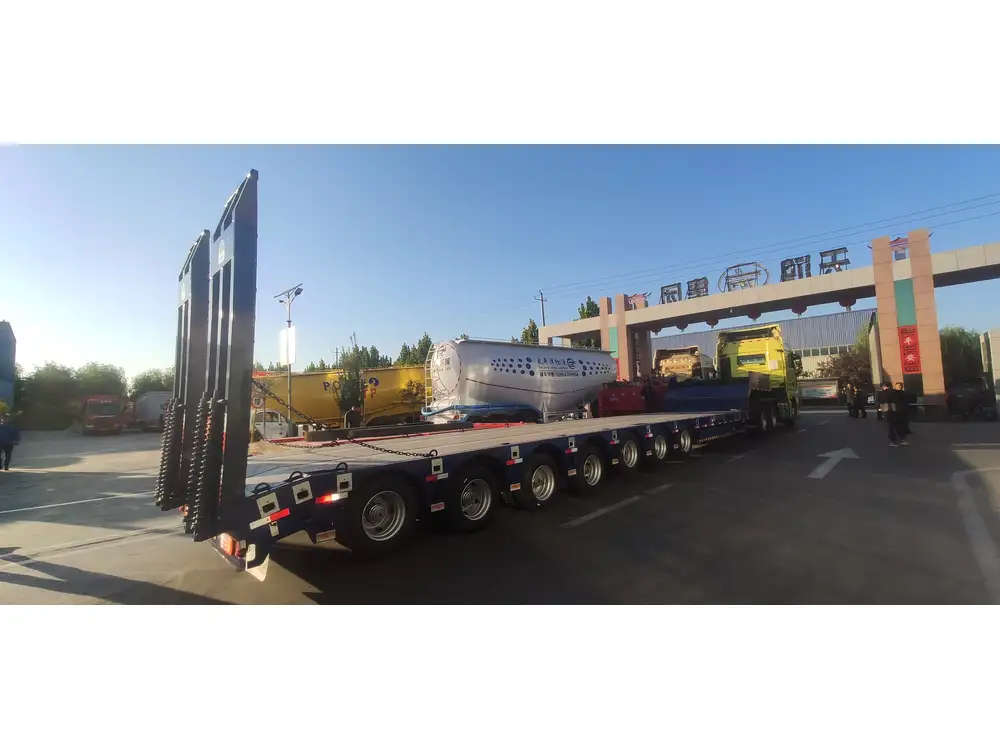
3. Mini Tipper Trailers
Ideal for light-duty tasks, mini tippers are compact and versatile, often used in gardening and small construction projects.
Pros:
- Easy to maneuver
- Lower operational costs
Cons:
- Limited load capacities
4. Multi-Axle Tipper Trailers
Designed for transporting heavier loads, multi-axle tippers distribute weight more evenly, enhancing stability and ensuring compliance with regulations.
Pros:
- Increased load capacity
- Better weight distribution
Cons:
- More challenging to navigate in confined spaces
Advantages of Using Tipper Trailers
Employing tipper trailers provides several benefits that cater to various industries, particularly construction and agriculture. Here’s a closer examination of the key advantages:

Efficiency in Unloading
The automatic unloading feature of tipper trailers allows for quick and straightforward removal of materials, reducing labor costs and time spent on projects.
Versatility in Application
Different types of tipper trailers can be utilized across numerous sectors—from construction and mining to waste management—adapting to various roles efficiently.
Cost-Effectiveness
By optimizing logistics and decreasing the time needed for material handling, tipper trailers contribute to the overall cost savings of transportation.
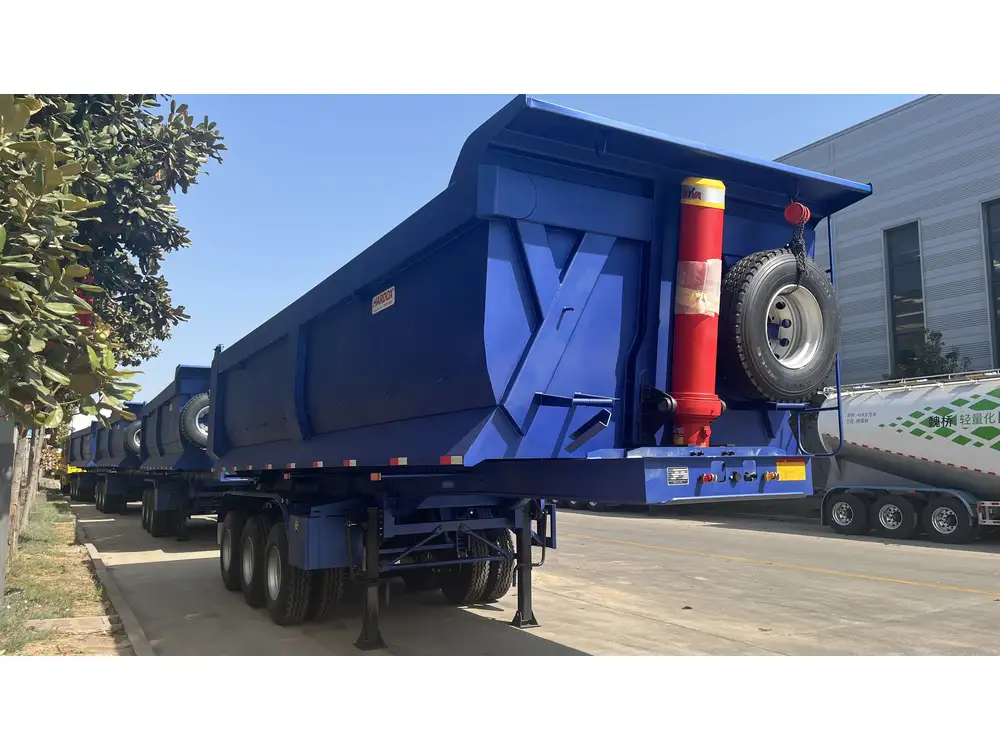
Enhanced Safety
By mechanizing the loading and unloading processes, tipper trailers reduce the reliance on manual labor, thereby lowering the risk of workplace injuries.
Key Considerations When Selecting a Tipper Trailer
Choosing the right tipper trailer involves careful thought and consideration. Below are crucial factors to consider that can influence the decision-making process:
Load Capacity
Ensure that the trailer’s load capacity aligns with the expected cargo weight. Knowing the right specifications prevents damage to the trailer and ensures compliance with road regulations.
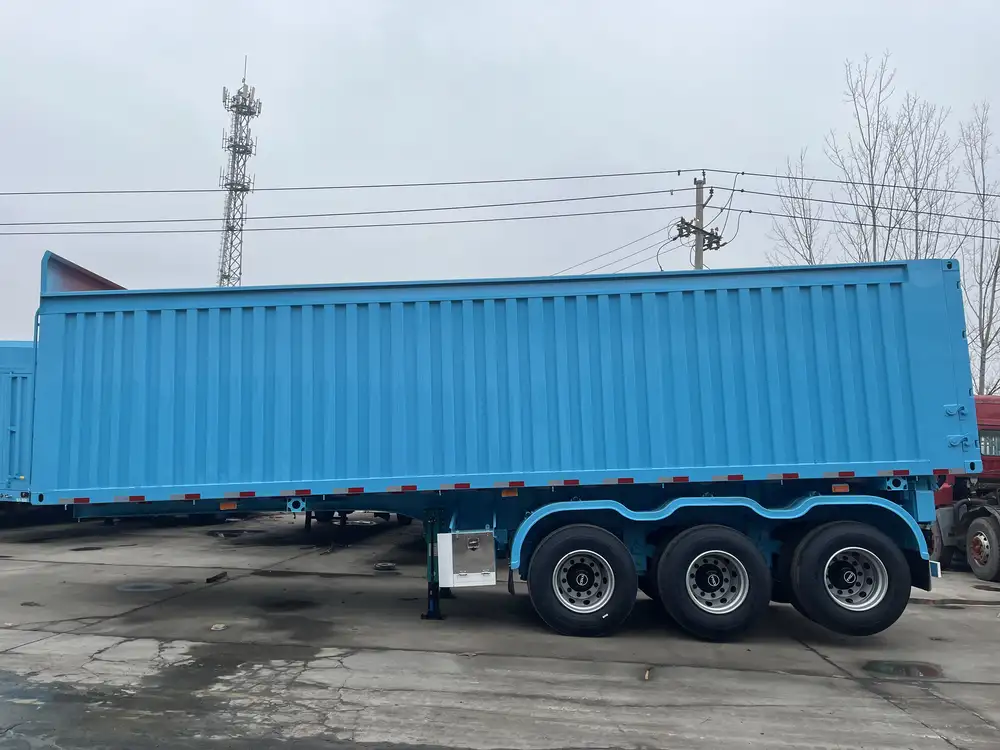
Material Type
Understanding the type of materials to be transported will influence the choice of trailer. Certain trailers are better suited for specific materials, such as loose aggregates versus heavier debris.
Terrain Compatibility
Consideration of the terrain is vital for operational effectiveness. Trailers designed for rough terrains usually feature appropriate suspension systems that can cope with uneven ground.
Regulatory Compliance
Be aware of local transportation regulations that may dictate trailer specifications, including size and weight limits. Compliance is essential to avoid fines and maintain operational integrity.

Maintenance Tips for Tipper Trailers
To maximize the lifespan and efficiency of tipper trailers, regular maintenance is necessary. Here are some essential maintenance practices:
| Maintenance Task | Frequency | Description |
|---|---|---|
| Inspection of Hydraulic System | Monthly | Check for leaks, ensure all parts are functional, and replace oil if necessary. |
| Tire Inspection | Bi-weekly | Inspect tire pressure and tread wear to prevent blowouts and ensure safe towing. |
| Chassis and Bed Check | Every 6 months | Look for cracks, rust, or wear and tear that may compromise the trailer’s integrity. |
| Cleanliness | After each use | Remove debris and contaminants from the bed and undercarriage to prevent corrosion and maintain hygiene. |
Common Issues with Tipper Trailers and How to Resolve Them
Understanding potential issues helps operators troubleshoot effectively. Here are common challenges faced and their solutions:
Unloading Failures
Symptoms: The trailer bed doesn’t raise or lower correctly.
Solutions:
- Check the hydraulic fluid level; replenish if necessary.
- Inspect hoses and connections for leaks or blockages.
- Test the hydraulic pump for operational efficiency.
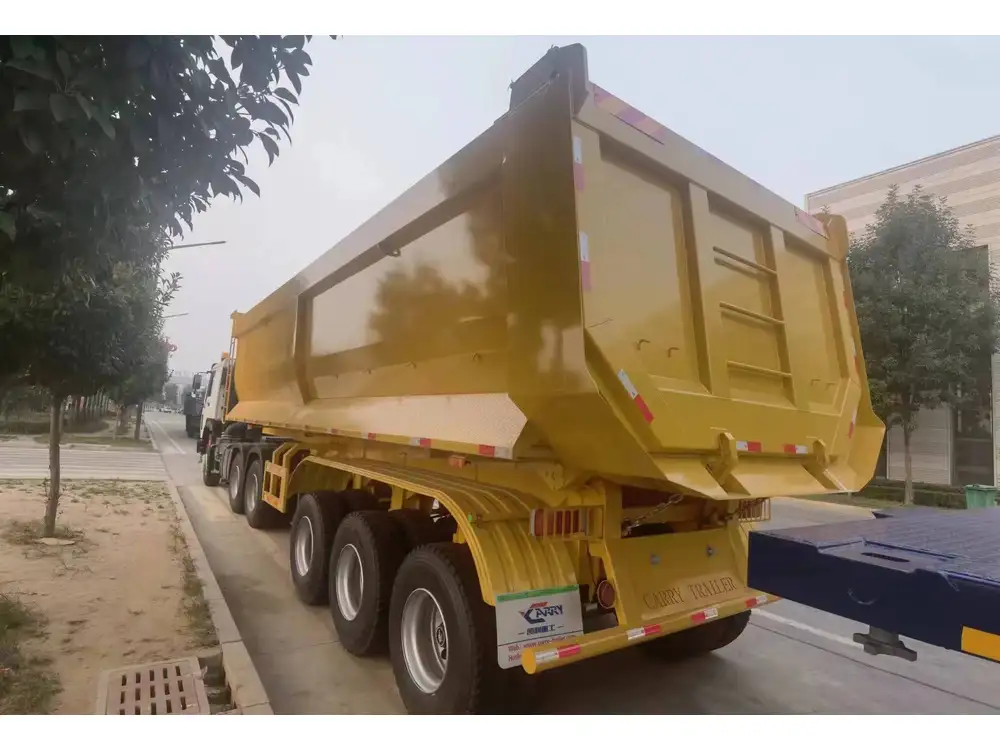
Uneven Weight Distribution
Symptoms: The trailer sways or becomes unstable while towing.
Solutions:
- Ensure the load is distributed evenly across the bed.
- Use a scale to weigh the load before departure.
- Adjust the cargo placement based on the load-bearing capacity of the trailer.
Tire Wear
Symptoms: Uneven tire wear or frequent blowouts.
Solutions:
- Conduct regular tire rotations to promote even wear.
- Ensure proper tire inflation according to the manufacturer’s specifications.
- Replace tires as needed to avoid compromising safety.
Operational Best Practices for Tipper Trailers
Implementing best practices can optimize the performance and longevity of a tipper trailer. Here are some recommendations:
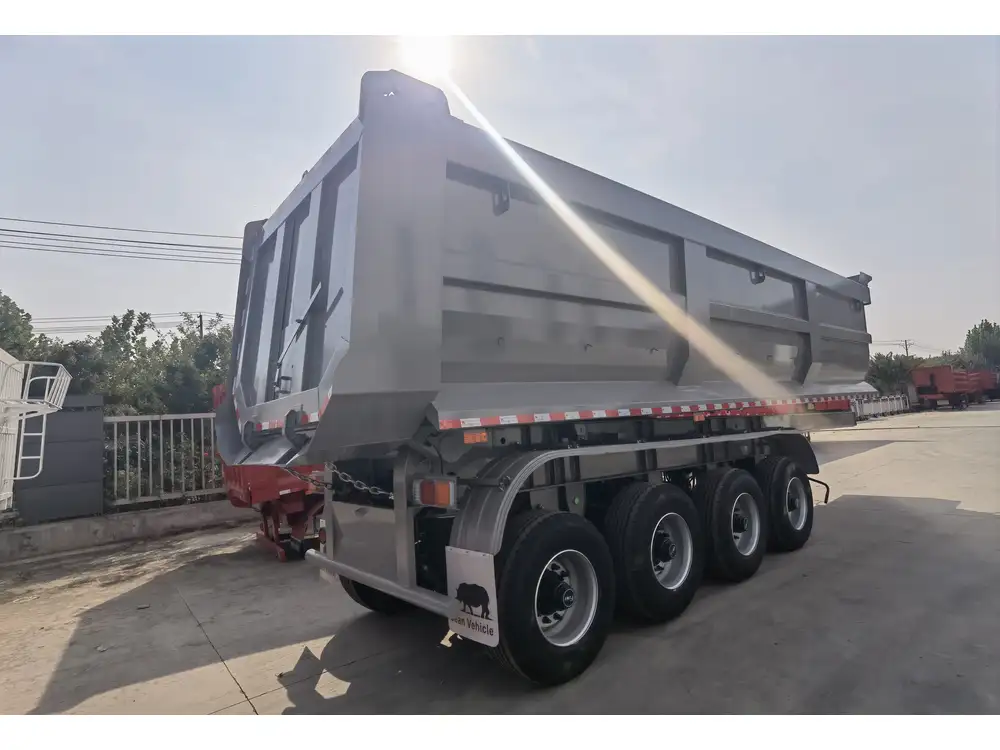
Loading Procedures
- Distribute weight evenly across the trailer bed.
- Avoid exceeding the trailer’s load capacity.
- Ensure materials are properly secured to prevent shifting during transport.
Towing Practices
- Make sure your towing vehicle is compatible and rated for the trailer load.
- Allow for greater stopping distances due to added weight.
- Use appropriate hitching mechanisms to ensure secure attachment.
Safety Protocols
- Equip operators with necessary safety gear such as gloves and eye protection.
- Conduct training sessions for personnel on safe loading and unloading techniques.
- Have plans in place for emergency situations, including equipment failure or accidents.

Conclusion
Tipper trailers are indispensable assets in various industries, owing to their efficiency, versatility, and cost-effectiveness. By understanding their functions, types, and key considerations, users can make informed decisions that enhance operational productivity. Maintaining these trailers with regular inspections and adhering to best practices ensures their longevity and reliability, ultimately contributing to a safer and more streamlined work environment. Through thoughtful selection and careful utilization, tipper trailers can provide significant advantages, facilitating the smooth handling of bulk materials in an increasingly demanding marketplace.



